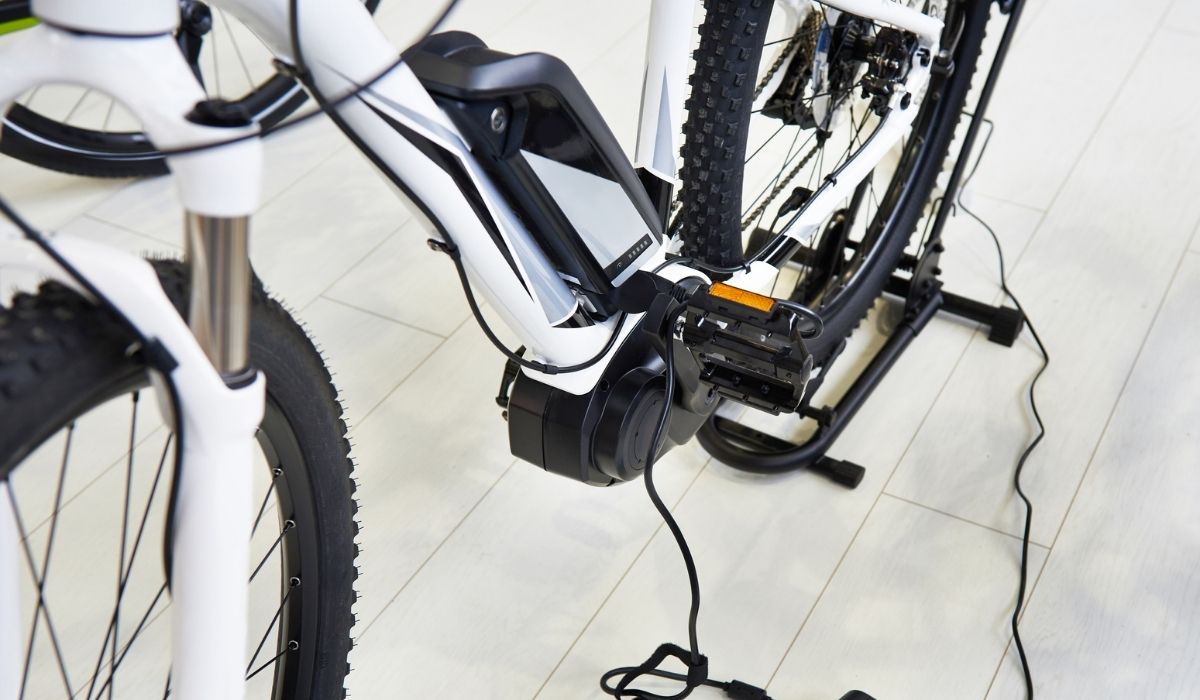I have the Elite 3 and this bike's battery life is suprisingly low in my opinion. Elite has a 400Wh battery, but my 2020 Trek Rail 5 with a 500Wh seems to last way longer. I know it depends on the mode and terrain, but to me the Elite 3 400Wh battery life seems super low. I had a 100% full charge yesterday and rode in full power mode for 10 miles yesterday and ended the ride with 48%. I decided not to charge it that night to see how far I could ride it today on another trail...today the battery was at 48% at the start of my second ride. I was in sport mode and made it 5.5 miles before the battery was dead. On my Trek Rail with a 500Wh battery in EMTB mode(which is one step below full turbo mode) I can get 3-4 similar rides in easily. Maybe my expectations are too high? Just curious what other Elite owners think of their battery life.
(note: corrected Wh vs MWh )
)
(note: corrected Wh vs MWh
Last edited:

